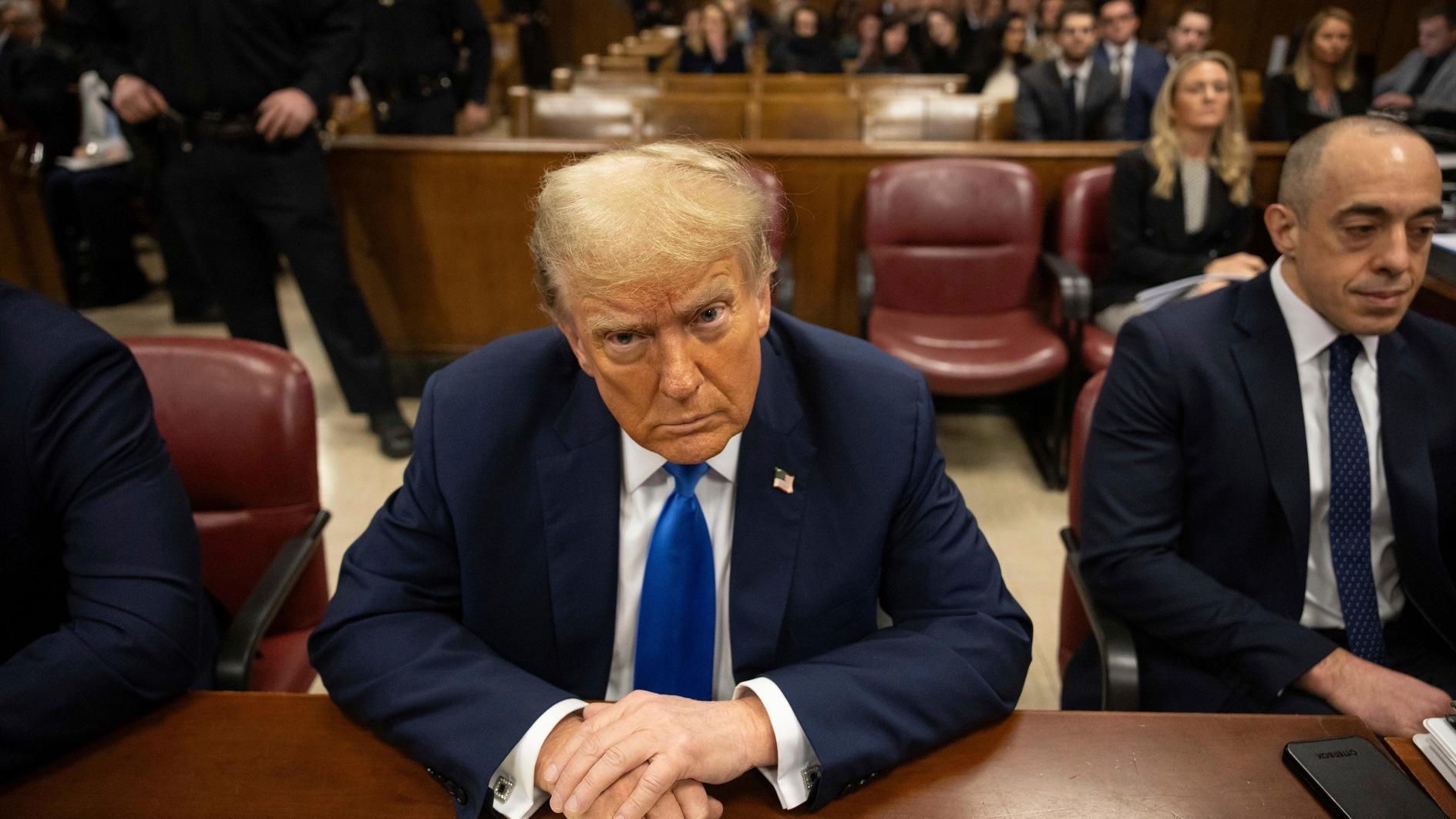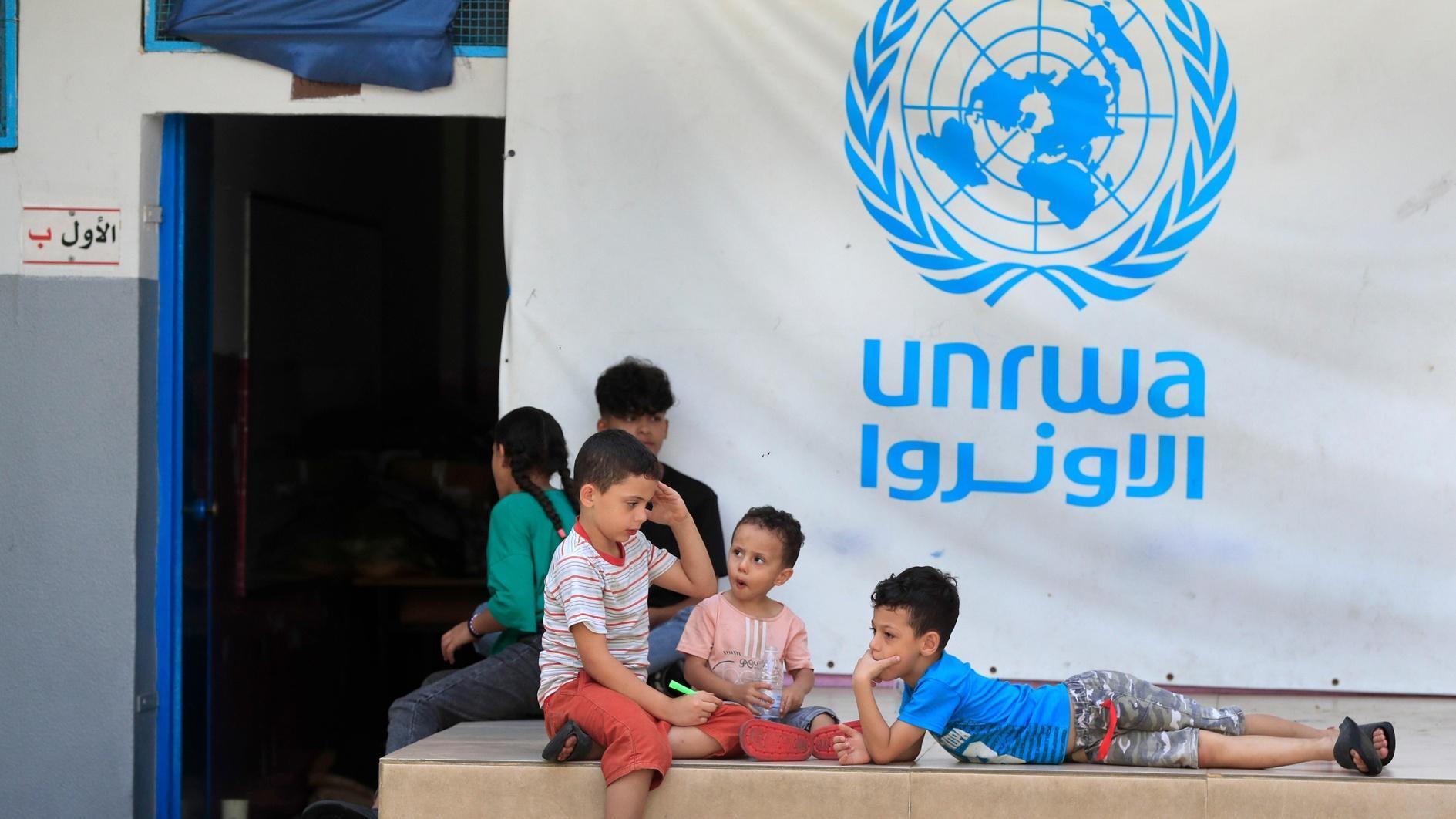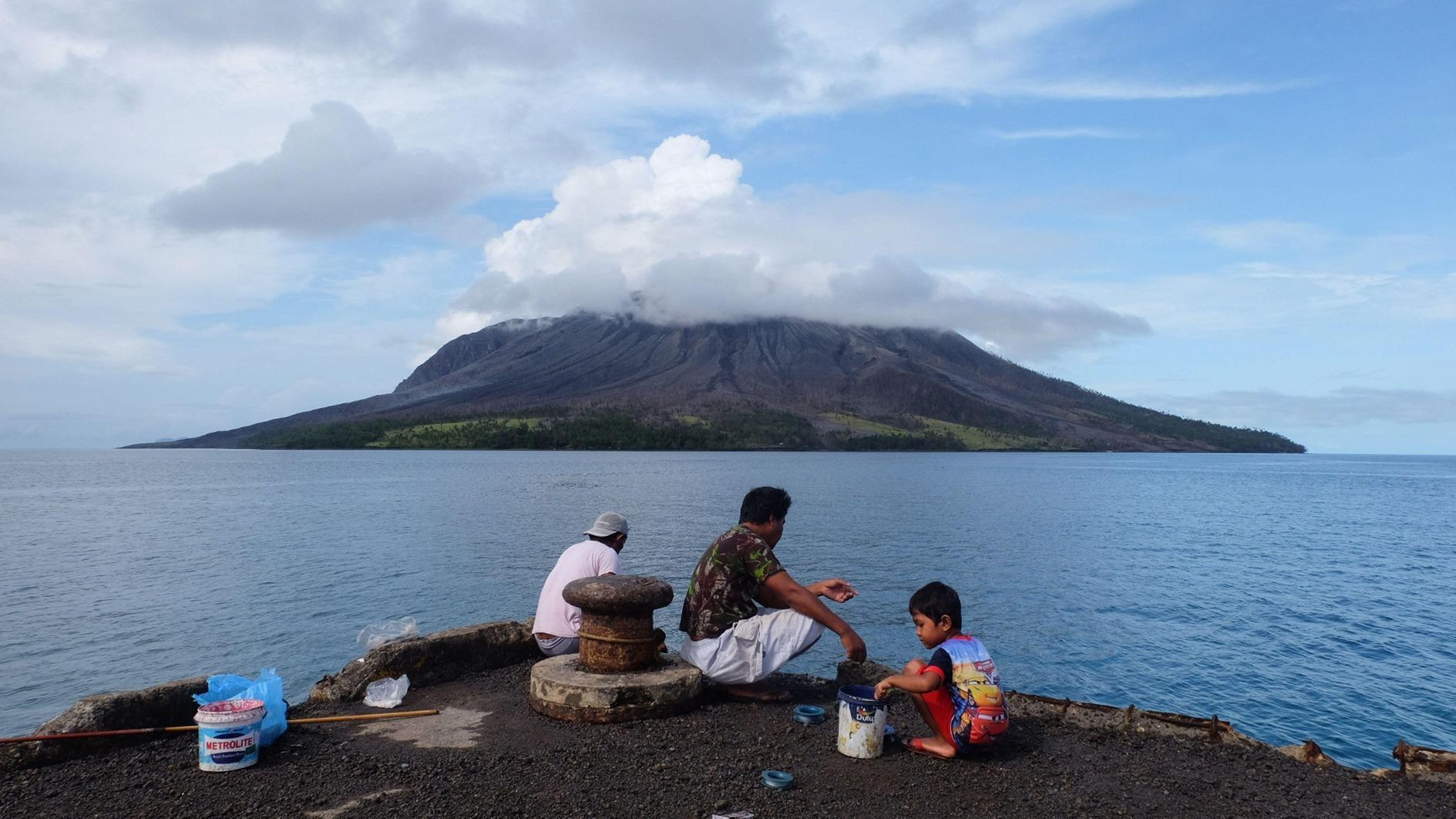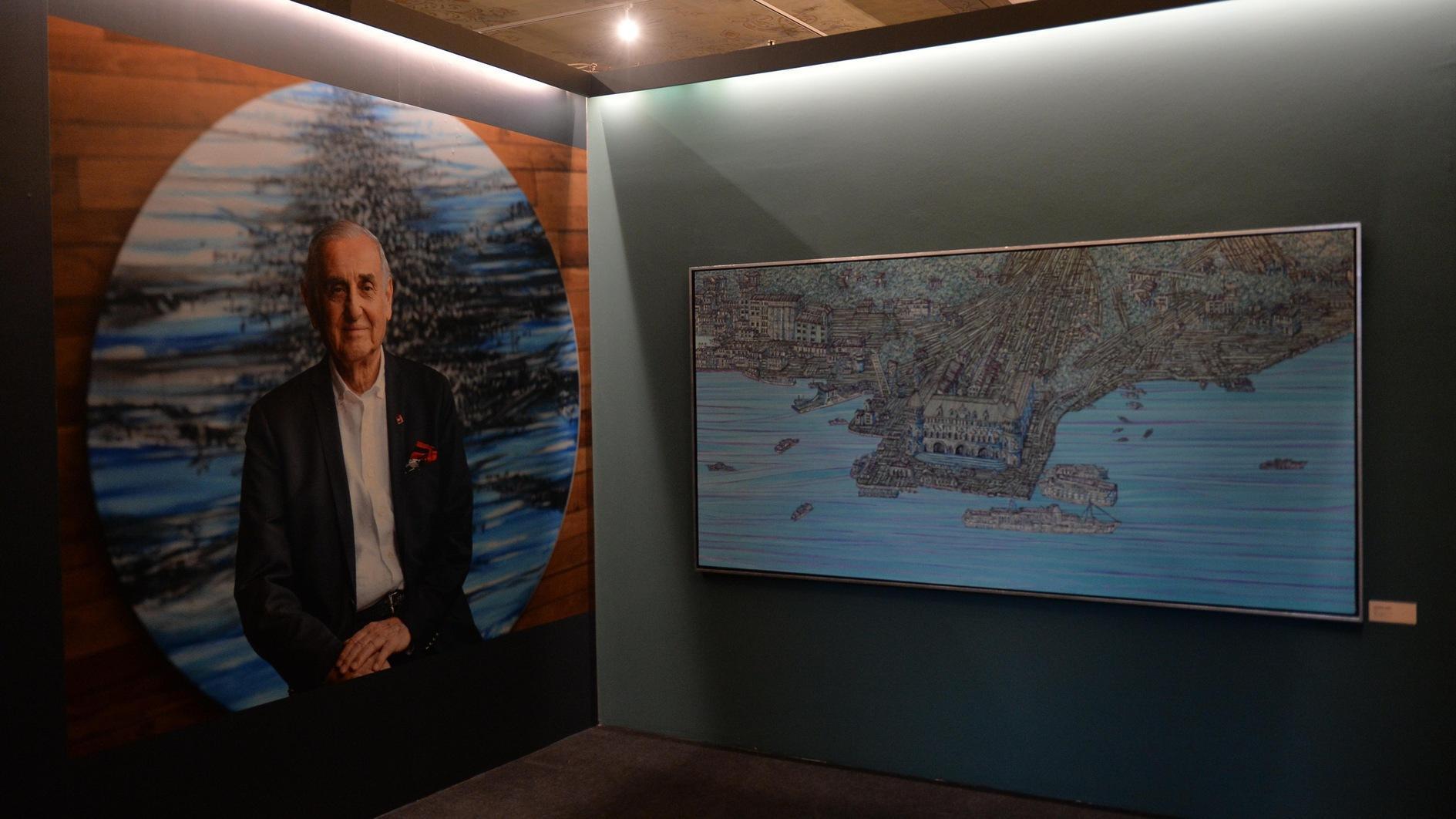Italian artists come to Istanbul
ISTANBUL
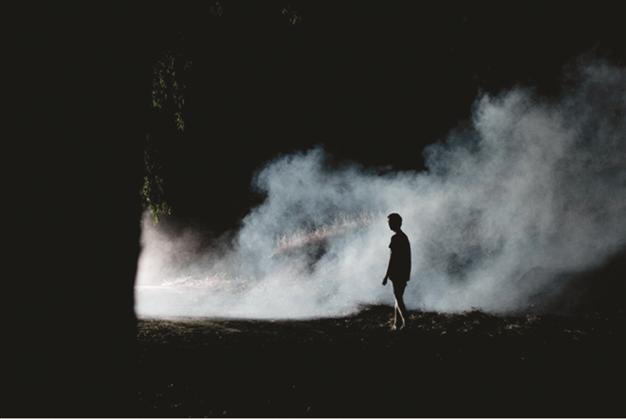
This September Istanbul will be hosting projects and artworks by Cristina Cobianchi, Adrian Paci, Elisabetta Benassi, Anna Franceschini, Pietro This September Istanbul will be hosting Italian artists. Projects and artworks by Cristina Cobianchi, Adrian Paci, Elisabetta Benassi.
This September Istanbul will be hosting Italian artists. Projects and artworks by Cristina Cobianchi, Adrian Paci, Elisabetta Benassi, Anna Franceschini, Pietro Mele, Marinella Senatore and Giulio Squillacciotti will be displayed in Istanbul with the support of the Italian embassy.On the occasion of the 13th Istanbul Biennial, the Embassy of Italy in Turkey and the Italian Institute of Culture in Istanbul will present “Anteprima#2,” a contemporary art project comprising three events that will be held at the Italian Institute of Culture in Istanbul.
“Anteprima#2” is a project by Cobianchi, curated by Maria Rosa Sossai. “Anteprima#2” is part of an exchange program between Turkey and Italy consisting of a series of residencies, “The Spirit of the Context” and exhibitions with different titles that will take place during 2013 and 2014. The initiative follows on from the journey commenced in September 2011 with “Anteprima,” a video screening of three Italian and three Turkish artists and parallel event at the 12th Istanbul Biennial. The idea of starting a residency program arose from the realization that more and more often art can be identified with the research process initiated in the location where the work is going to be exhibited. It is a practice that allows artists to meet with other cultures and probably the reason why some Italian cultural institutes have recently launched residency programs. At a time when Italian art seems to be hindered by low exposure abroad and by the absence of an effective back-up system, it would be expedient for the institutions involved to offer Italian artists the opportunity to grow and measure up to the international scene. During the residency in Istanbul the selected artist will come into contact not only with Turkish art but also with a worldwide network as the city’s Biennial is one of the most important in the world. The artist will take into account the location and – as mentioned in the title – the context, which is that of a city in the midst of a spiraling economic and cultural growth but that continues, at the same time, to maintain some of its links with tradition.
The second event is a video screening by five Italian artists. In conjunction with Margherita Moscardini’s end of residency solo exhibition, five videos by Benassi, Franceschini, Mele, Senatore and Squillacciotti will be screened in the Theatre of the Italian Institute of Culture in Istanbul.
The third scheduled event is the presentation and the screening of Adrian Paci’s “The Column” (2013)
The event, promoted by the Italian Institute of Culture in Istanbul and AlbumArte, will be attended by the artist, the Albanian and Italian ambassadors in Turkey, art critics and curators Gabi Scardi, Sossai, Beral Madra and the president of AlbumArte, Cobianchi.
‘The Column’ by Adrian Paci
The video describes how a block of marble, extracted from a Chinese quarry, is loaded onto a cargo ship where it is carved until it becomes a column in the classical style. The destination of the ship is unknown, but the artifact, with its Corinthian capital, evokes both classical culture and Europe.
 The image of the ship crossing the sea and from which the raw material emerges transformed into a precious artifact, is related to a fantastical idea of the voyage; it also recalls the widespread economic strategies of today’s society, trading and the dramatic reality of the ship-factories, the meaning of work, the value of classical culture represented through one of its emblematic elements, the column. Despite the essential character of the images, Paci shows the accuracy of the gaze, the definition of the details, intense close-ups, the fragments of daily life on the ship. The journey by sea assumes an epic nature while the image of the sun rays that at the end of the video caress the column sanctions its symbolic dimension. In this video, as in other works by the artist, the meaning comes from the co-existence of circumstance and universality, joint participation and distance, poetry and criticism: a criticism that is a continuous statement on the fundamental value of dignity and a dignity that can only be subjective, collective and rooted in society at the same time. So, in this as well as in other works, we see him linger on faces and looks with an attention that is not born out of the desire to describe something, but that is an act of respect for the individual. Through his work and his personal history Paci expresses the profound changes of our time: He tells of journeys and migrations, of the global bearings and of the intercultural dynamics that affect us all.
The image of the ship crossing the sea and from which the raw material emerges transformed into a precious artifact, is related to a fantastical idea of the voyage; it also recalls the widespread economic strategies of today’s society, trading and the dramatic reality of the ship-factories, the meaning of work, the value of classical culture represented through one of its emblematic elements, the column. Despite the essential character of the images, Paci shows the accuracy of the gaze, the definition of the details, intense close-ups, the fragments of daily life on the ship. The journey by sea assumes an epic nature while the image of the sun rays that at the end of the video caress the column sanctions its symbolic dimension. In this video, as in other works by the artist, the meaning comes from the co-existence of circumstance and universality, joint participation and distance, poetry and criticism: a criticism that is a continuous statement on the fundamental value of dignity and a dignity that can only be subjective, collective and rooted in society at the same time. So, in this as well as in other works, we see him linger on faces and looks with an attention that is not born out of the desire to describe something, but that is an act of respect for the individual. Through his work and his personal history Paci expresses the profound changes of our time: He tells of journeys and migrations, of the global bearings and of the intercultural dynamics that affect us all.Istanbul City Hills
Moscardini has conducted research during her residency stay in Istanbul. Her research revolves around projects specially conceived for a specific context: She considers architecture, landscape and light as instruments and materials of her own interventions. Her recent public awards include a solo show at MACRO, the Museum of Contemporary Art in Rome and the winning of a public competition for a permanent intervention in the city of Bergamo.
“My interest lies in the relationships between image, vision, architecture and landscape. How can we expect, in today’s world, to create an image that is still adequate? In particular I am keen to investigate the possibilities of an image being portrayed as the presentation of an event; the materialization of the image within the process [act] of vision,” she said.
“My interventions arise from the context I choose to analyze. First I examine the space thoroughly, identifying the connections between its original design and its current condition; it is important for me to understand the links between a place and its specific social environment; also its architecture, the functional and the structural elements; lastly the light and landscape as the pre-existing elements on which the space was conceived and then built.”
Moscardini said she was interested in the processes of transformation that the space was subjected to. “My own intervention is perceived as one of those processes of transformation that a space will inevitably undergo. I think of my interventions as extensions of the space I examine.”
Joint exhibition
“The world has already been filmed. Now it is time to transform it” is a film and video screening by five Italian artists: Benassi, Franceschini, Mele, Senatore and Squillacciotti. The screening “The world has already been filmed. It is time to transform it,” which will open in conjunction with Margherita Moscardini’s solo exhibition in the exhibition hall of Circolo Roma in the Italian Institute of Culture in Istanbul, continues the process that began in September 2011 with Anteprima, a screening of videos of six artists, Turkish and Italian, presented as a parallel event of the 12th Istanbul Biennial. The title of the event is a quote from Guy Debord that effectively sums up the demise of the passive role of the spectator while experiencing moving images such as videos or films, a role assigned to him by the “society of the spectacle.” Visual artists made significant contributions to that revolutionary perspective: Through their research in the fields of film and video they expanded the potentiality of the viewing process to the point of influencing aspects of society. Benassi, Franceschini, Mele, Senatore and Squillacciotti not only film the world but they rebuild the production processes of our reality. Their moving images therefore become a means of sharing and a starting point from which to implement potential changes.


